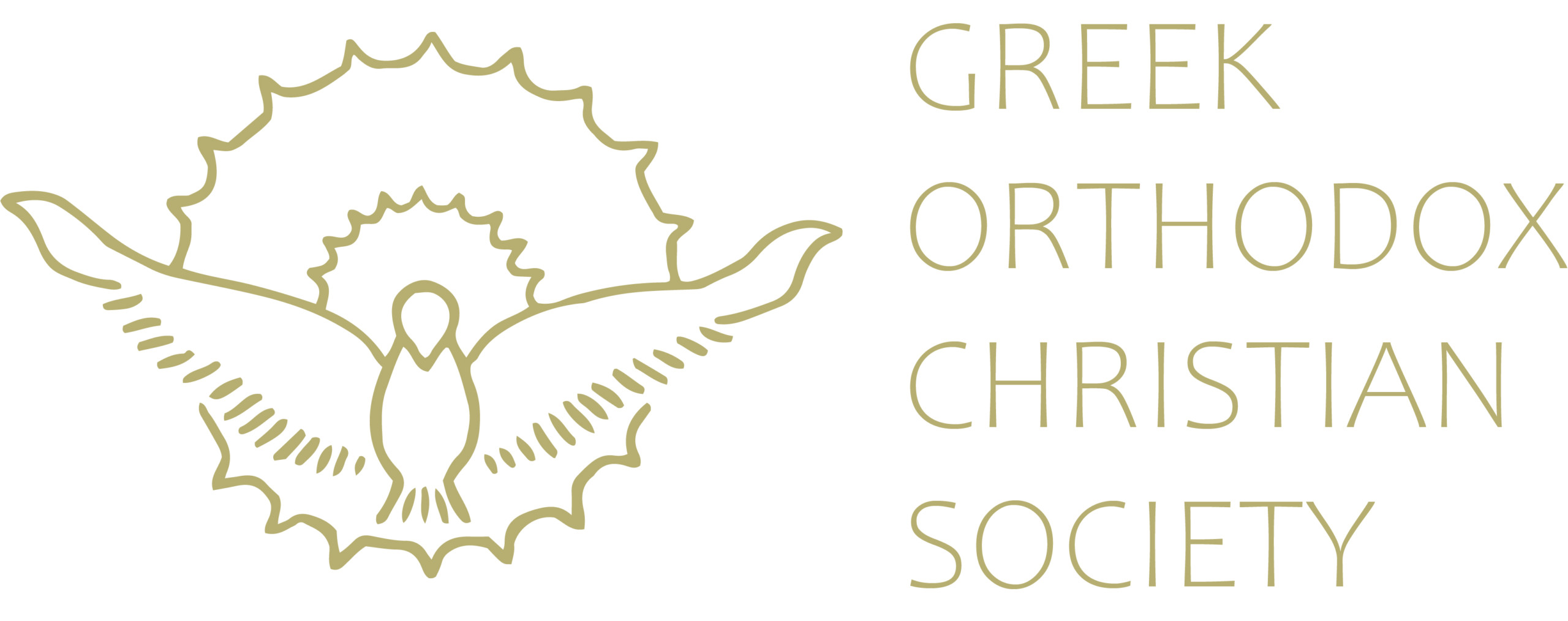Who for us and for our salvation…
![]()
Who for us and for our salvation, came down from Heaven, and was incarnate of the Holy Spirit and the Virgin Mary and became human.
The third Article of our Creed initiates us into a succinct outline of the historic events which mark the life of Christ – the Incarnate Son and Word of God. He is the protagonist in the Divine Economy i.e., the working of our salvation, for “the Word became flesh and dwelt among us” (John 1:14).
In our Orthodox tradition, Christology and anthropology (especially the Creation of Man) go hand in hand. The Person of Christ – the greatest mystery to ever touch mankind – inspires in us such questions as: ‘Who is He?… Why did He do what He did?… What does He offer me?’
This baffling paradox – that God became man, that the King took on the form of the servant, that the Omnipresent One entered time and place – how can we understand it?
The pronouns “us” and “our” in this Article, indicate the deeply personal nature of salvation for every human being made in the Image of God. Everything that Christ did (Incarnation, Passion, Resurrection, Ascension), He did for us. God in His unconditional love “desires all men to be saved and to come to the knowledge of the truth” (1 Tim 2:4).
But why did the Son of God come into the world?
God’s will for man always was and is, that man should be united with God through participation in His uncreated divine energies. Man’s calling is to reach theosis, to become like God and share in His eternal blessedness.
Following man’s distorted use of his free will and deviation from God’s will (the fall), this break in communion between man and God resulted in tragic consequences, including the introduction of death, sickness, decay and estrangement, into the whole created world. The Image of God in human nature, though not destroyed, was marred and man was continuously inclined towards sin.
God alone could provide the cure and pave the way of reconciliation between man and his Creator. Christ in uniting the divine nature with human nature, renewed the Divine Image within man. He became the “New Adam”, and fulfilled that which the first Adam had failed to do, in the most astonishing way… “He Himself likewise shared in the same [human nature], that through death He might destroy him who had the power of death, that is, the devil, and release those who through fear of death were all their lifetime subject to bondage” (Heb 2:14-15).
Saint Athanasios the Great in addition to the above, describes as a reason for the Incarnation – that man might know His Creator, “for why would God create us, if He did not want us to know Him?” The Incarnate Word through His works, manifested the Holy Trinity in the created world.
That the Son of God “came down from Heaven” does not mean there was a time when He was absent from Heaven: “Wholly present on earth, yet never absent from Heaven was He, the Infinite Logos” (3rd Stanza, Salutations to the Theotokos). The Son of God came in accordance with the will of God the Father, voluntarily expressing the Father’s will, demonstrating the one Divine will.
As we celebrate His Resurrection we reflect in gratefulness on how He has united us with Him, and has for our salvation opened Paradise, which we will cover in this series on our Creed.
Source: Lychnos April – May 2021
